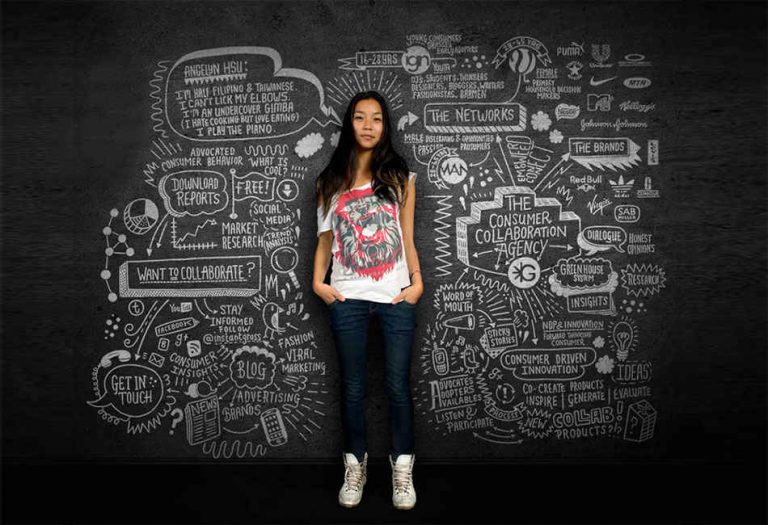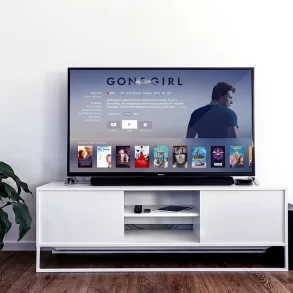The world of web design has undoubtedly evolved over the years. We have come a long way from the dial-up days of year sporting our 28.8 kbps connections that chugged along, only to spit out a poorly conceived personal homepage with way too many spinning, low-res gifs without rhyme or purpose. The era of using that CD you got in the mail from AOL as a sole portal to the World Wide Web are thankfully long gone. The time for debating Netscape versus Internet Explorer is as much a part of a bygone epoch as Live Journal, Geocities, and MySpace.
Yes, today we enjoy comment forums for nearly every article worth having a discussion over (and even those that do not deserve one), much better site navigation thanks to evolving aesthetic design and functionality, and even .gifs that load faster than a frame per second. Yet, it seems that web design for sites that target a female demographic – usually skewing towards a younger user base – seem as stuck in the dinosaur ages as marketing for women. That is to say, they still rely on trite clichés to carry a message forward, usually undermining the female form and sense of inherent self-worth for the chance play on one’s insecurities and sell a product as a lifestyle necessity. Of course, there are examples of the tasteful, like some of these new bingo sites, and then there are the morbidly ugly.
Read on as we examine some particularly egregious, uncreative stereotypes in girly web design gone wrong.
There are More Colours than Pink
It may sound shocking to hear, especially considering how much the colour is used in female-oriented sites, but one hundred years ago, the traditional colour gender identification was reversed, where blue considered a much more feminine colour, and pink was a manly colour. Today, the amount of pink on some sites makes you want to close out of the tab quickly enough to prevent your eyes from bleeding. It is completely overdone and so passé. Amazing colour schemes and themes exist in the multitudes like softer pastels or other creative colour combinations, but developers still want to go with blasé pink. That’s what they identify with women because that’s what’s been done before.
The Convergence of Design and Responsibility: Yohe Wang’s Lifelong MissionToo much pink!
Be Less Fake
So much of what is sold to women today can be classified, at best, as inauthentic. Fake wigs, duck faces, weird and unnatural poses, photoshopped models, fake other-parts-of-the-female-anatomy. All of this adds up to sell a message that a woman falls short of real womanhood because her breasts do not measure up. Or alternatively, a woman’s natural wrinkles – unlike models who are plastered with a pound of makeup under specific lighting and yet somehow still requiring the smoothing functionality of an editing program to attain flawlessness – represent blemishes. ‘Perfection is the standard upon which your worth will be measured,’ is the underlying message. Perhaps this image being sold to women of all ages, particularly adolescents, is why women experience a sharp decline in self-esteem as they grow into their adult bodies. The reality is that women come in all shapes and sizes, and it’s time for the development community to implement that ethical realisation into their design aesthetic.

Example for good design, http://www.sephora.com/
Doing it Right
Do not follow trends just to be like everyone else. For instance, one particular trend that seems to be catching on is a Wes Anderson-esque taste for whimsy. A bit can be good, but everyone is copying the hand-drawn, cutesy style off each other.
Presenting an authentic design aesthetic that best represents a client’s service or goods can be difficult, but that does not mean a designer has to be lazy about it. Quite the opposite: do something unique, and the site will stand out that much more. In the meantime, you might just set another trend.
Online Payment for Fulfilling Your Digital Modern Demands







